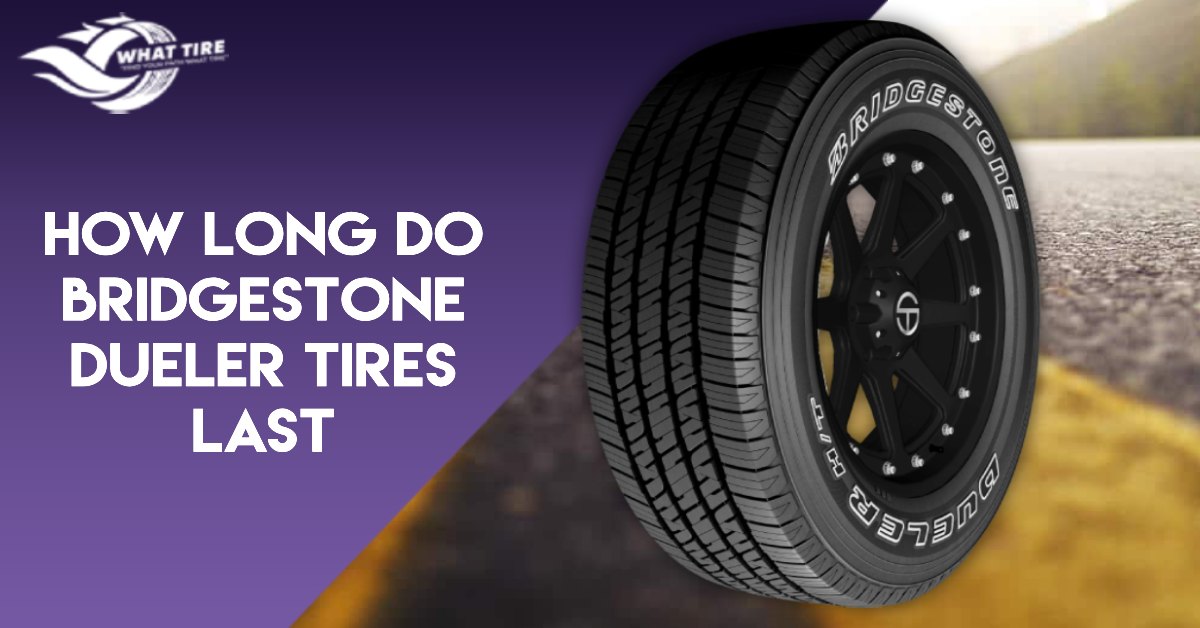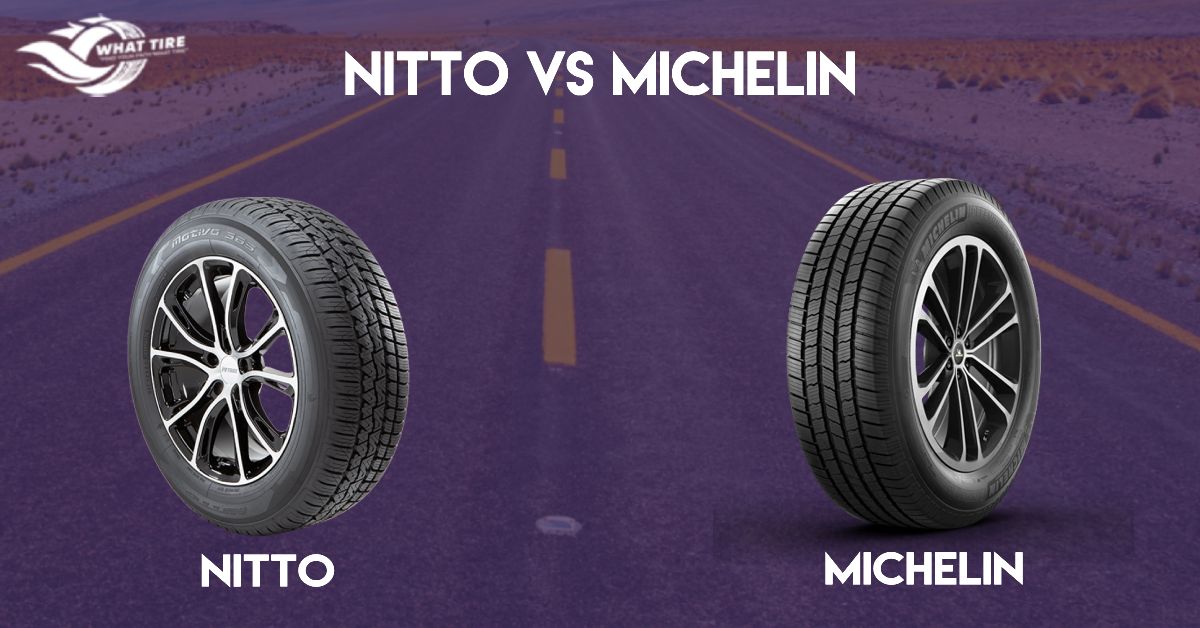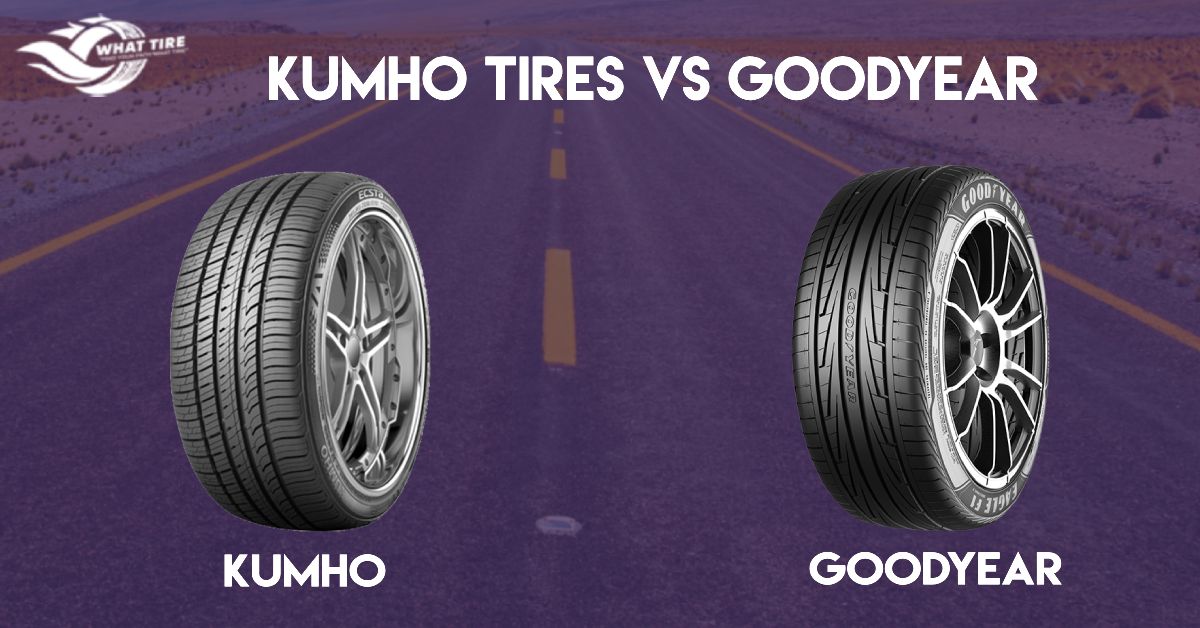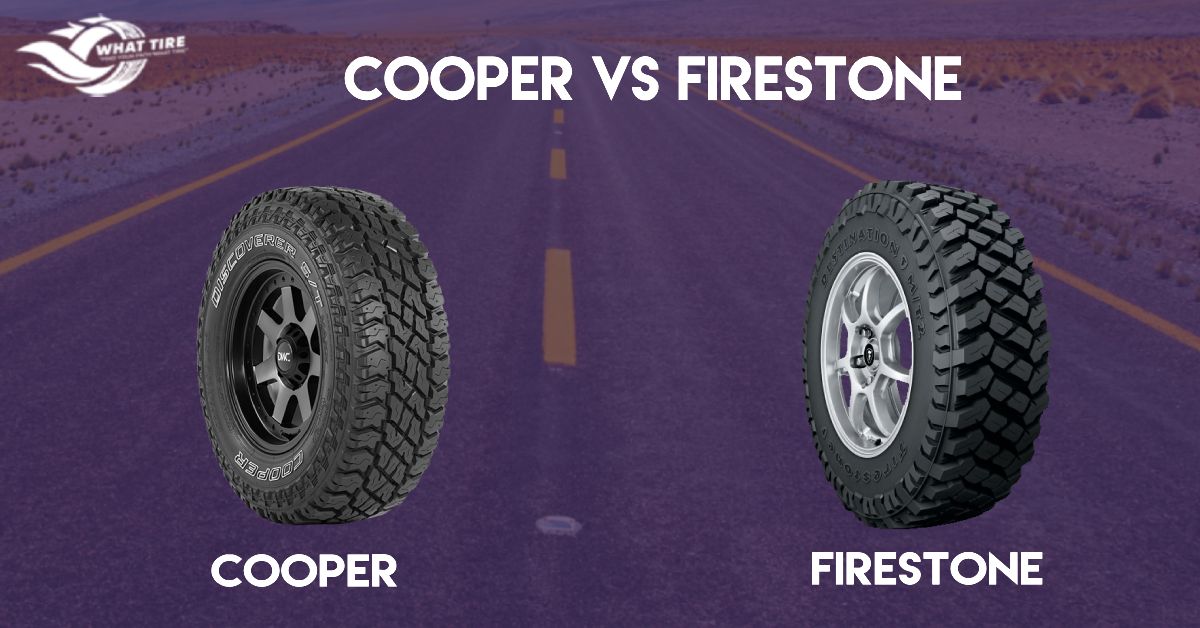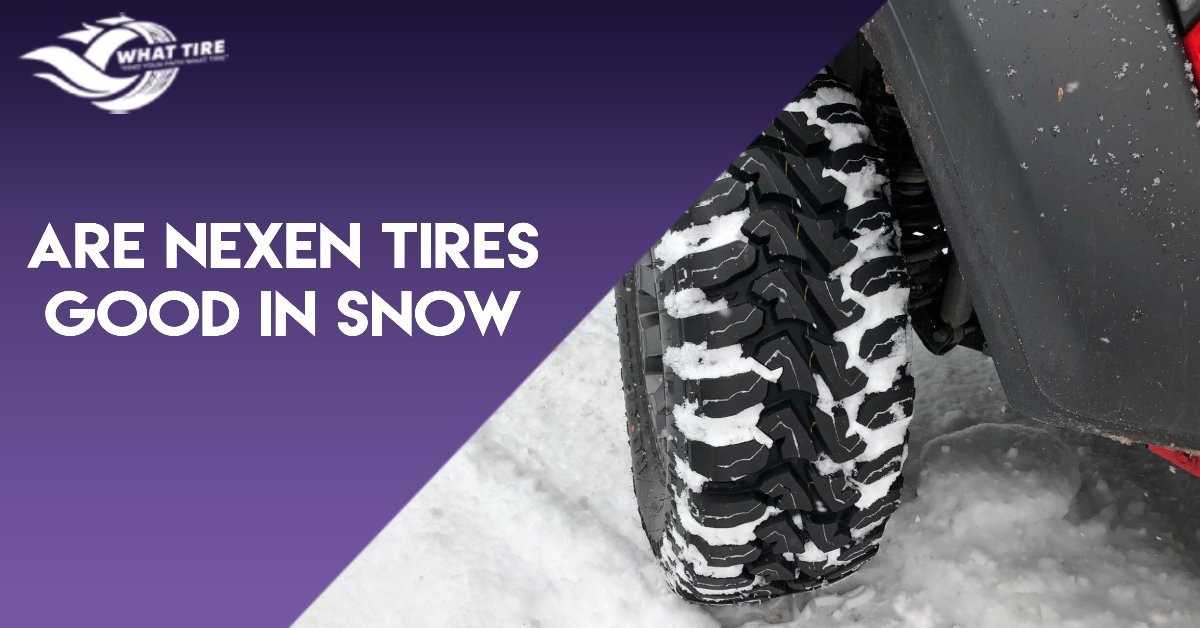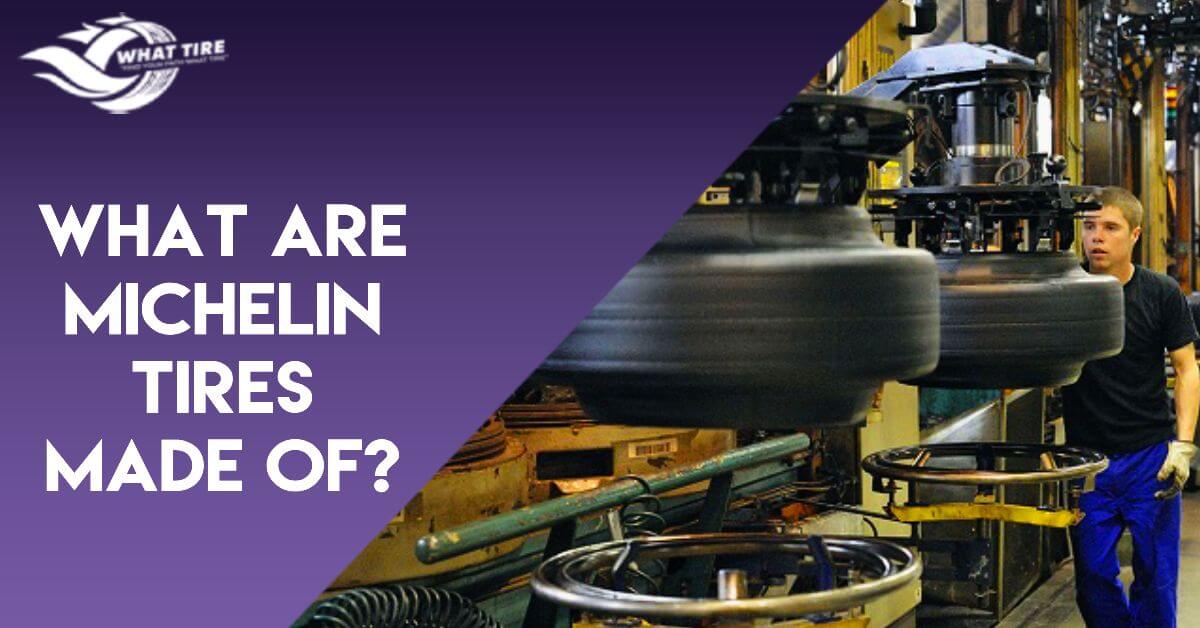Have you ever wondered what Michelin tires are made of? Understanding the composition of these high-performance rubber tires is crucial for making the best decisions about your vehicle’s safety and efficiency. Michelin, a renowned leader in tire manufacturing, employs cutting-edge technologies and specialized materials.
In this detailed guide, we’ll dive deep into the components that form Michelin tires and explore the advanced technology behind them that sets Michelin apart in the automotive industry.
So, let’s get started to unravel the secrets of Michelin’s exceptional tires.
Table of Contents
ToggleComponents of Michelin Tires
Michelin tires are renowned for their exceptional performance, durability, and safety. To truly understand what sets them apart from others, it’s essential to know the Michelin tire components. These components work together harmoniously to deliver a superior driving experience.
- Tread
- Sidewalls
- Belts and Plies
- Beads
Let’s explore each component in detail, starting with:
1. Tread
The tread of a tire is its point of contact with the road, making it one of the most critical components of any tire, and Michelin tires are no exception. Michelin’s tread design and composition are finely tuned to provide outstanding performance and safety. Here’s a detailed look at the tread component:
Tread Functions
The tread is responsible for providing traction, grip, and stability. It interacts with various road conditions, including dry, wet, and snowy surfaces, ensuring your vehicle stays firmly planted on the road.
Materials Used in Michelin Tread
Michelin uses a combination of natural and synthetic rubber compounds to craft their treads. These compounds are carefully chosen and blended to achieve optimal performance. Additionally, Michelin utilizes advanced silica-based compounds in their treads, known for their superior wet traction capabilities.
Tread Design
The design of Michelin tire treads is the result of extensive research and engineering. Different tire types, such as all-season, summer, and winter, have specific tread patterns optimized for their respective conditions. Michelin’s designs often incorporate 3D siping and EverGrip technology for enhanced grip and longevity.
Understanding the intricacies of the tread component in Michelin tires is just the beginning of our journey into the composition of these exceptional tires. Next, we’ll delve into the sidewalls to discover how they contribute to Michelin tires’ overall performance and safety.
Also, learn how long Michelin Winter tires last.
2. Sidewalls
Steel belts are a critical component of Michelin tires’ strength, stability, and overall performance. These belts are strategically integrated into the tire’s construction to improve a lot of aspects of its functionality. Here are a few details of steel belts in Michelin tires:
Steel Belts Function
Steel belts are positioned beneath the tire’s tread and serve as reinforcement. They play a crucial role in maintaining the tire’s shape and stability, particularly at high speeds. Steel belts help distribute the vehicle’s weight evenly across the tire, which is vital for optimal contact with the road surface.
Materials and Construction
Michelin uses high-quality steel cords, typically made of steel wire or alloy. These cords are coated with brass or other materials to ensure a strong bond with the surrounding rubber components. The number and arrangement of these steel belts vary according to the tire’s design and intended purpose.
Impact on Tire Performance
Steel belts have a profound impact on various aspects of tire performance. They enhance tread stability, which results in improved handling and cornering. These belts also aid in maintaining uniform tire wear, extending the tire’s overall lifespan. The reinforcement provided by steel belts contributes to the tire’s resistance against punctures and road hazards.
Innovations in Steel Belt Technology
Michelin continually innovates in steel belt technology. For instance, the use of wider, more advanced steel belts with optimized cord angles can improve ride comfort, reduce road noise, and enhance overall tire performance
3. Inner Liner
The inner liner of a Michelin tire is an important component that is often overlooked. It contributes to the tire’s performance, safety, and overall quality. This element, positioned on the inside of the tire, plays several essential roles in ensuring optimal tire function. Here’s an in-depth exploration of the inner liner in Michelin tires:
Function of the Inner Liner
The inner liner is a layer located between the innermost casing ply and the tire’s innermost surface. Its primary function is to serve as an airtight barrier, preventing air from escaping through the tire. This maintains proper tire inflation and contributes to safety, fuel efficiency, and overall tire performance.
Materials and Construction
The inner liner is typically made from a synthetic rubber compound, selected for its air retention properties and resistance to heat and moisture. Michelin employs specialized rubber formulations that provide superior air retention, ensuring that tires maintain their recommended pressure for extended periods.
Impact on Tire Performance
The quality of the inner liner directly affects the tire’s performance and safety. A well-constructed inner liner ensures consistent tire pressure, which, in turn, enhances fuel efficiency and handling. Proper tire inflation also extends tire life and reduces the risk of blowouts or sudden pressure loss.
4. Bead Bundle
The bead bundle is a fundamental yet often overlooked component of Michelin tires. It plays a pivotal role in maintaining the tire’s structural integrity and ensuring a secure fit on the rim. The bead bundle’s design and construction are vital for overall tire performance and safety. Here’s a detailed exploration of the bead bundle in Michelin tires:
Bead Bundle Functions
The bead bundle is the innermost part of the tire, positioned at its base. It is responsible for anchoring the tire to the wheel’s rim. Properly designed and constructed bead bundles ensure a secure connection between the tire and the rim, which is essential for maintaining tire pressure and stability.
Materials and Construction
Michelin uses high-strength steel wires in the bead bundle, ensuring durability and reliability. These wires are coated to resist corrosion and promote a strong bond with the surrounding rubber. The bead bundle is meticulously crafted to withstand the immense forces and stresses exerted during vehicle operation.
Impact on Tire Performance
The quality of the bead bundle directly affects tire performance and safety. A well-constructed bead bundle ensures that the tire remains securely attached to the rim, preventing issues such as tire dismounting, bead unseating, and air loss. This contributes to safer handling, predictable driving characteristics, and reduced maintenance requirements.
Innovations
Michelin is known for innovations in bead bundle technology, such as bead innovations for run-flat tires. These innovations improve the tire’s ability to continue functioning even after a loss of air pressure, enhancing driver safety in the event of a flat tire.
Learn which Michelin tires are run-flat.
5. Sidewalls
The sidewalls of a tire might seem like a simple, unremarkable part, but in reality, they play a vital role in tire performance and safety. Michelin’s approach to sidewall design and construction is marked by innovation and precision. Let’s take a closer look at the sidewall component of Michelin tires:
Sidewalls Functions
Sidewalls are the vertical, reinforced sections of a tire that connect the tread to the tire’s inner structure. They serve several crucial functions, including maintaining the tire’s shape, resisting external forces, and absorbing shocks and impacts from the road.
Composition and Materials
Michelin uses a blend of specialized materials in their sidewalls, including high-strength synthetic rubber compounds. These materials are chosen for their durability and ability to withstand various road conditions and temperatures. The careful selection of materials contributes to the tire’s longevity and reliability.
Impact on Tire Performance
The construction and composition of Michelin sidewalls have a direct impact on the tire’s performance. Sturdy sidewalls help maintain proper tire shape, which ensures even contact with the road, leading to improved handling, cornering, and overall stability. Furthermore, strong sidewalls enhance the tire’s resistance to punctures and damage.
Sidewall Technology
Michelin is known for introducing innovative sidewall technologies, such as the BAZ Technology (Banded At Zero) and MaxTouch Construction. BAZ Technology utilizes a continuous strip of nylon to reinforce the sidewalls, enhancing stability and ride comfort. MaxTouch Construction promotes even tread wear, resulting in longer tire life and improved fuel efficiency.
6. Casing Ply
The casing ply, often regarded as the tire’s structural backbone, is a foundational component within Michelin tires. Its design and construction are integral to the tire’s overall durability, stability, and performance. Let’s delve into the intricacies of the casing ply in Michelin tires:
Function of the Casing Ply
The casing ply serves as a crucial framework within the tire, running from bead to bead and providing structural reinforcement. It plays a pivotal role in maintaining the tire’s shape and facilitating load distribution. This component acts as the foundation upon which the other tire layers are built.
Materials and Construction
Michelin employs high-quality polyester or nylon cords to create the casing ply. These cords are coated with adhesives to ensure a strong bond with the surrounding components. The number and orientation of these cords can vary depending on the specific tire model and its intended purpose.
Impact on Tire Performance
The casing ply’s structural integrity significantly impacts tire performance. It provides the necessary strength to support the vehicle’s weight, resulting in even tire wear, enhanced handling, and increased stability. Moreover, the casing ply contributes to a tire’s resistance against punctures, impacts, and road hazards.
Casing Ply Technology
Michelin continuously seeks to innovate in casing ply technology. They work on enhancing the strength-to-weight ratio of the casing ply, which can lead to reduced rolling resistance, improved fuel efficiency, and a longer tire life.
Michelin Tire Technology
Michelin’s tire technology stands as a testament to advancements in the industry, offering a blend of innovation and expertise that enhances safety, performance, and sustainability. Here’s an exploration of Michelin’s advanced tire technologies:
1. Silica-Based Compounds
Silica-based compounds are a cornerstone of Michelin’s tire technology, offering significant improvements in tire performance. Here’s an informative look at this key component:
Silica’s ability to enhance wet traction, reduce rolling resistance, and improve fuel efficiency is well-proven. In Michelin tires, silica-based compounds are meticulously engineered to harness these benefits.
These compounds, like the Helio Compound and Green X silica, are designed to optimize grip on wet roads while maintaining fuel efficiency. These compounds are tailored to specific tire models to meet precise performance criteria.
2. 3D Sipe Technology
Michelin’s 3D Sipe Technology is a breakthrough in tire grip and stability, particularly in challenging road conditions. Here’s a detailed perspective:
Sipes are small grooves or slits in the tire’s tread blocks, creating additional biting edges that enhance traction and handling on slippery surfaces.
This 3D Sipe technology takes siping to a new level by incorporating three-dimensional sipes. These intricate designs create a web of gripping edges, optimizing traction on wet and icy roads, enhancing braking performance, and providing more secure handling.
4. EverGrip Technology
EverGrip Technology reflects Michelin’s commitment to safety and performance, particularly in wet conditions. Here’s an insightful overview:
EverGrip technology involves an evolving tread compound that adapts as the tire wears, revealing hidden grooves that enhance grip on wet surfaces.
Unlike conventional tires, where tread depth fades over time, Michelin’s EverGrip tires maintain consistent wet grip throughout their life. This innovation provides additional safety and confidence in unpredictable weather conditions.
5. Green X Technology
Michelin’s Green X Technology aligns with the company’s commitment to sustainability, as it relates to tire technology. Here’s a closer look at this eco-conscious approach:
Michelin’s Green X Technology focuses on producing tires with lower rolling resistance, which, in turn, enhances fuel efficiency and reduces carbon emissions. This leads to cost savings for drivers and environmental benefits.
Michelin tires equipped with Green X Technology contribute to environmental responsibility by improving fuel efficiency and subsequently lowering greenhouse gas emissions.
Conclusion
Michelin’s tire technology shows a blend of precision engineering and innovation. From advanced silica-based compounds to EverGrip and Green X Technology, Michelin is at the forefront of tire manufacturing. By understanding the components, you’re equipped to make informed choices for safety, performance, and sustainability on the road. Trust in Michelin, where excellence meets the pavement.
FAQ’s
Michelin tires are primarily made of a combination of natural and synthetic rubber, reinforced with fabric and steel.
Yes, Michelin incorporates eco-friendly materials and sustainable manufacturing practices to reduce environmental impact.
Michelin tires are known for their durability, and on average, they can last between 40,000 to 100,000 miles, depending on the model and usage.
Yes, Michelin actively promotes tire recycling, and many of their tires can be recycled into various products, such as asphalt and sports surfaces.
Absolutely, Michelin designs tires for various climates, ensuring optimal performance in rain, snow, and dry conditions.
Michelin is renowned for its advanced tire technology, offering superior traction, fuel efficiency, and a comfortable ride experience.

